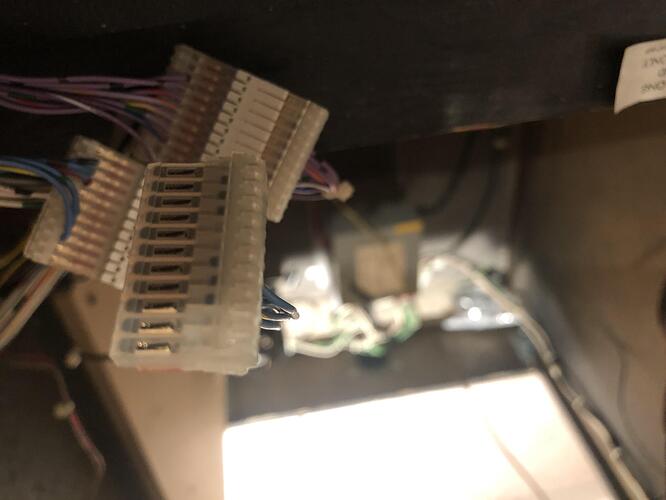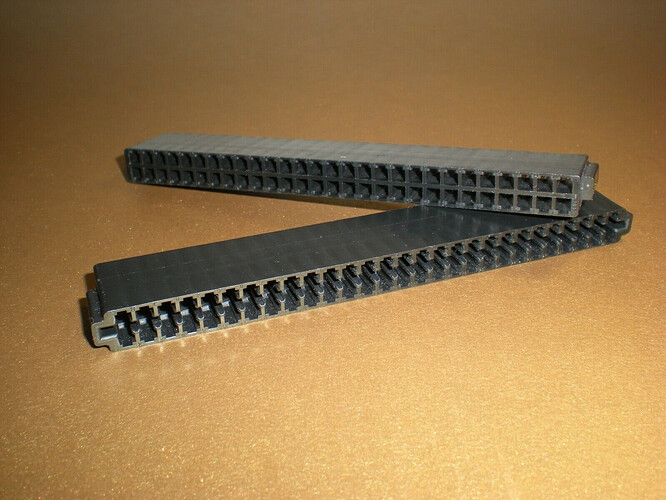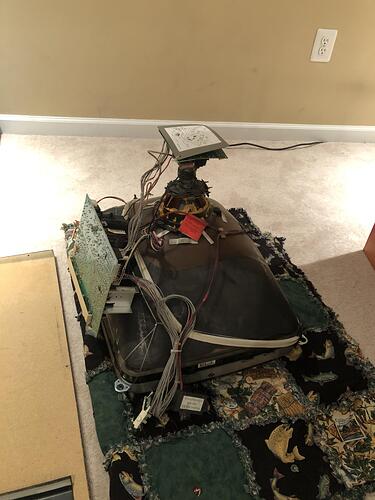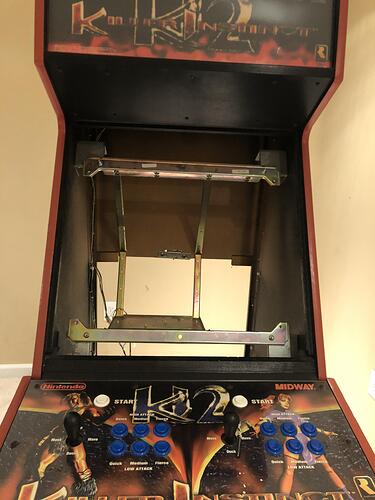I can’t really recommend any of these items from first hand experience but they are a good general indication of what you need. I went with amazon listings because most people have prime these days. In the past I could send you to radio shack with a part number but those days are long gone.
Solder Pump
https://www.amazon.com/WEmake-WM-SP4-Solder-Sucker-desoldering/dp/B0002KRAAG
Or grab a 3 pack for a buck more!
https://www.amazon.com/Teenitor-Solder-Sucker-Desoldering-Removal/dp/B0739LXQ6N
Even better, Solder Pump with Solder Braid
https://www.amazon.com/AUSTOR-Desoldering-Sucker-Pieces-Solder/dp/B07CB9V427
This one’s slightly cheaper with less stuff but still has good reviews
https://www.amazon.com/dp/B0777LMVTT
You could spend more on electronic pumps, solder extraction stations, etc but you really don’t need much to get started. Monitor pcbs are large analog designs with large components and lots of room to work. None of that pesky surface mount stuff that you need the binocular scope to work on.
As for discharging the monitor, there is lots of info on google about how to do this safely and on the cheap. I am fortunate enough to have an 80KV high voltage probe with built in discharge in the toolbox. Trust me, you don’t need this tool unless you do this sort of thing frequently.
The tube is what stores the charge not the HV pcb. You will see videos out there about connecting a screwdriver to the monitor frame with a wire or alligator clip and then inserting the screwdriver under the anode cap (suction cup looking thing) on the monitor to discharge the tube. This works. Best suggestion here is the one hand on the screwdriver handle and the other behind your back rule. Never form a complete path for electricity between one hand and the other.
Long day here but you get the idea. Read up and be safe. When was the last time you heard of anyone killed by playing with a TV and it not falling on them?



